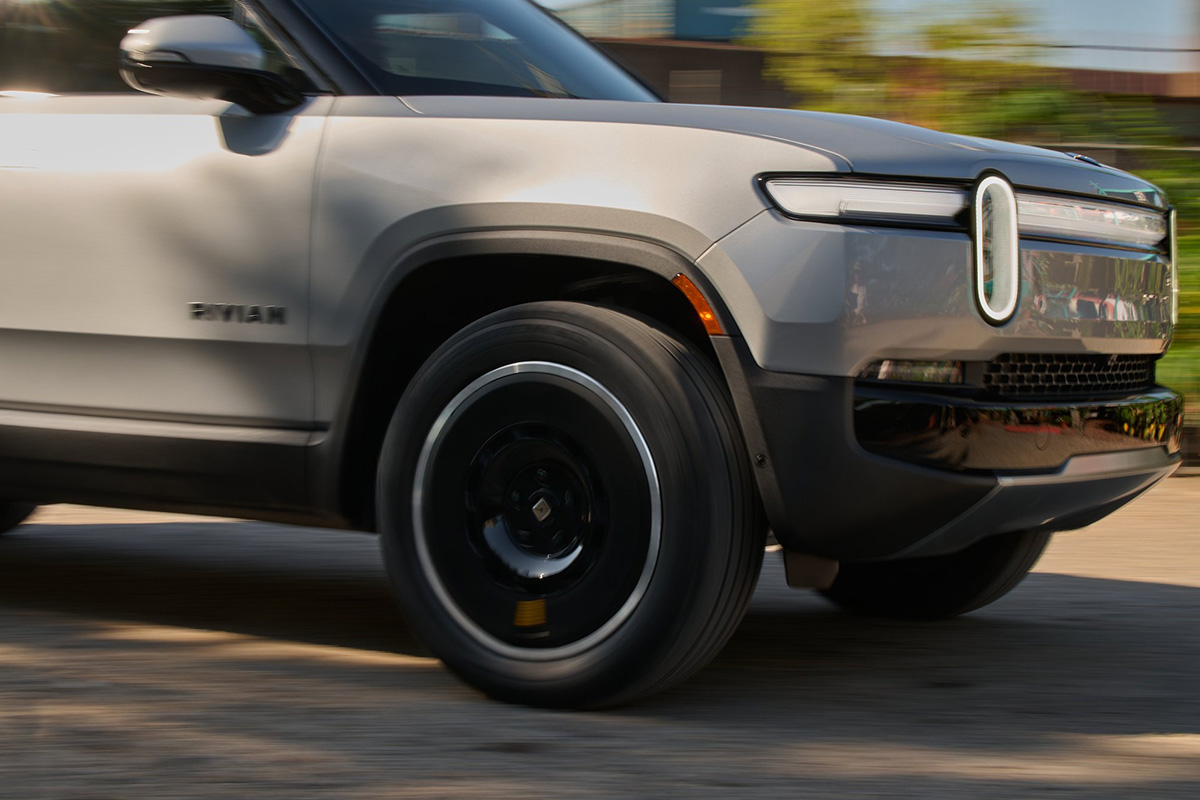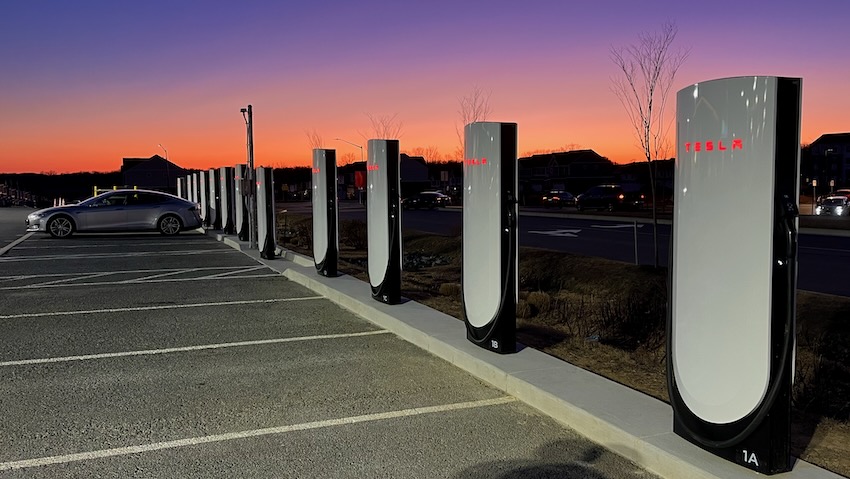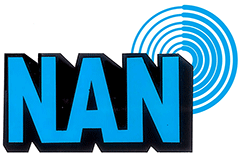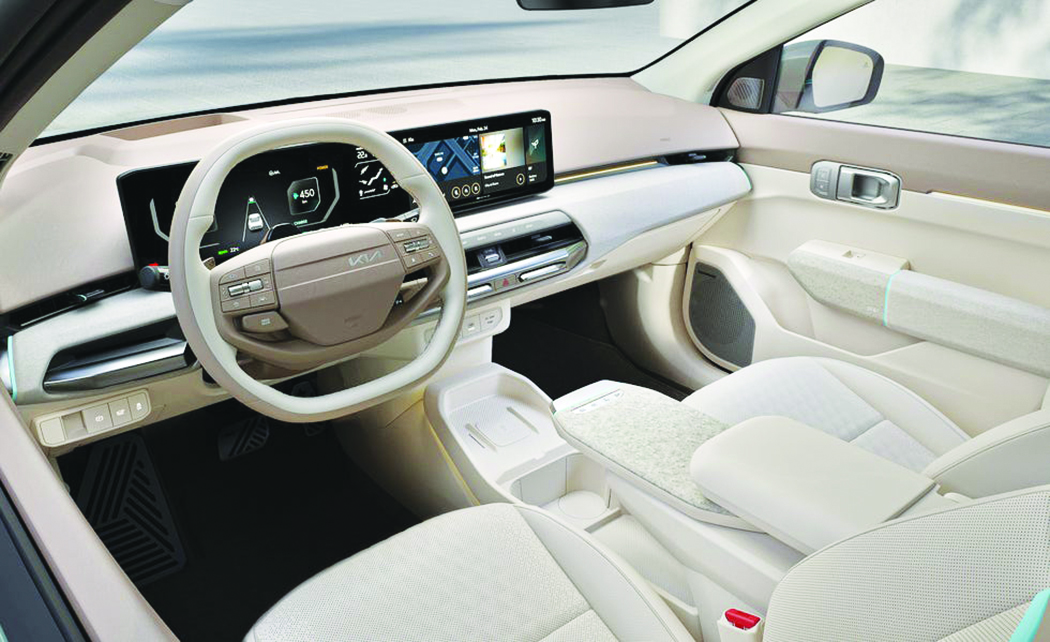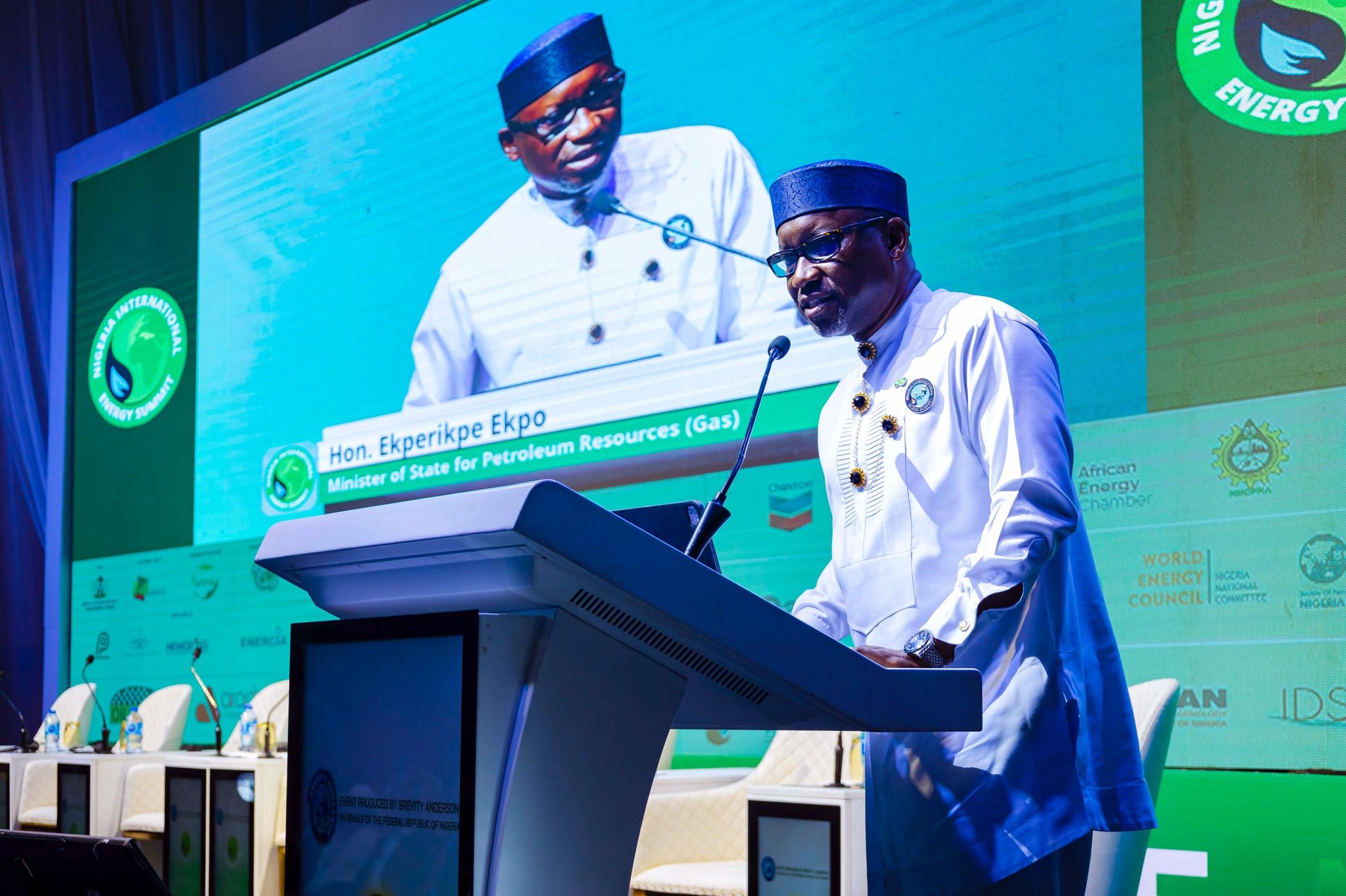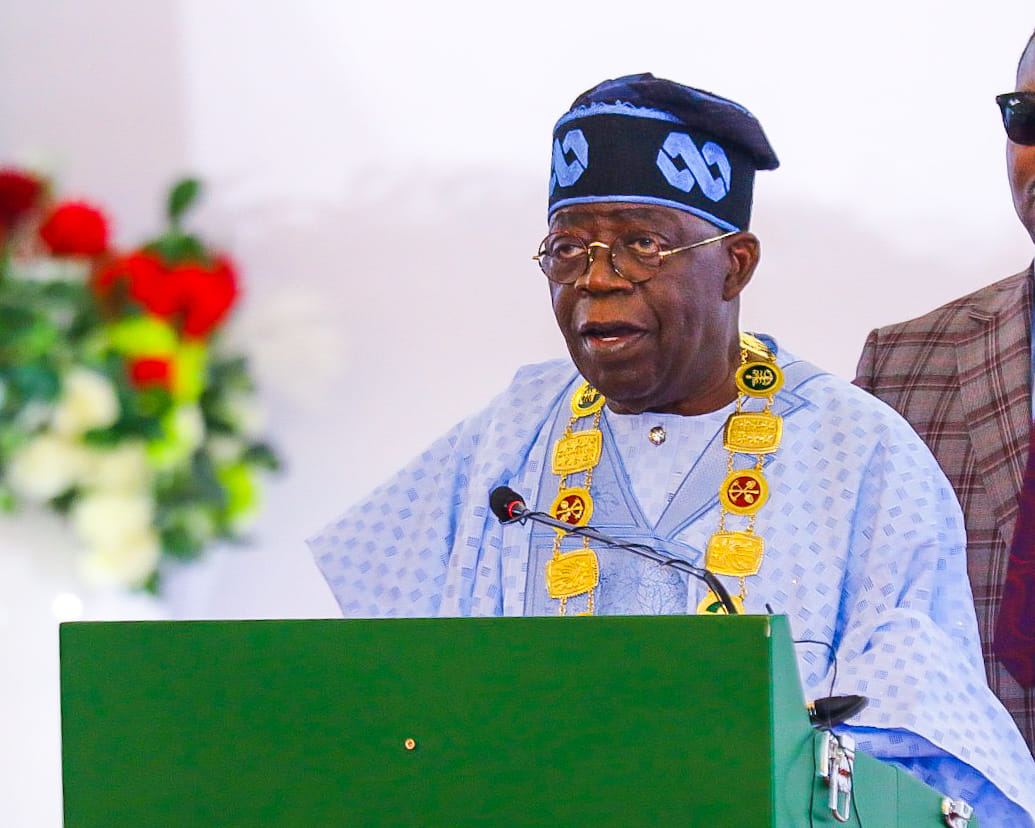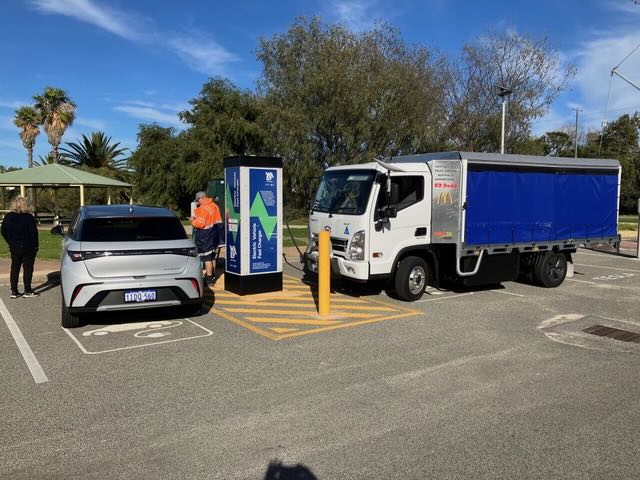
Plenty has been written about the Dolphin as a good town car, sufficiently nippy, safe and easy to park. We replaced our ICE (internal combustion engine) town car with a Dolphin Premium this year for exactly those reasons.
However, not much has been written about its suitability for longer country road trips. We would normally use our Tesla Model Y RWD for our frequent country runs but chose the Dolphin as support vehicle for a recent test run with Jon Edwards’ Hyundai Mighty Electric truck, in preparation for the first lap of Australia in an electric truck later this year.
The trip also involved decommissioning and removal of the original and only fast DC charger between Perth and Geraldton, installed by Jon at Jurien Bay 200 km north of Perth. This has been replaced by a WA EV network Kempower DC unit, ending an era of innovation and philanthropy. This will be the subject of a separate story.
The Indian Ocean Drive from Perth to Jurien is WA road safety “black spot”, undulating through hills with blind crests, long sweeping bends and few overtaking lanes. Recent works have included resurfacing and installation of new road surface markings and continuous white “rumble “ edge markers.
We have travelled this road many times in the Tesla Model Y and looked forward to a comparison with the Dolphin.
First, to the original Linglong Comfortmaster tyres on the Dolphin. I managed to repeatedly lose traction with moderate acceleration in Eco power mode in good conditions.
When it finally rained in Perth I briefly amused myself doing sideways power drifts around corners despite the efforts of the car’s traction control.
My suspicions were confirmed by a number of independent tyre reviews and the Linglongs were gone before 1000 km, replaced with Hankook Ventus Prime4, a mid-spec reasonable tyre on sale at a good price. The reduction in road noise and improvement in comfort and grip have transformed the car.
BYD appear to be getting the message about their tyre choices and plan to bring out the new Atto 3 electric SUV with reasonable tyres. The Dolphin badly requires the same treatment.
The trip north starts with a 40 km smooth freeway run at 100 km/hr, with minimal road or wind noise. The car’s blind spot detection system is very good for lane changes but the cruise control can be clunky, hunting around the set speed.
The relatively new, rough chippy road surface for the rest of the trip caused excessive cabin noise above 90 km/hr, well above that experienced in the Tesla.
This was made worse by wind noise, although in fairness we had a 30 km/hr headwind added to our 105 km/hr speed. The audio system suffered from the noise and took on an “underwater” quality.
On the positive side, the ride quality with new tyres is excellent and is superior to our Tesla, particularly for the passenger. The car smooths out road imperfections well, has minimal body roll in corners and tracks as well around long bends as the Tesla, without the sense of being in a go-kart – all pretty good for a car that is shorter than the Hyundai i30.
The car also feels firmly “planted” with no floating on cornering, perhaps because of its weight for a small car.
My passenger also commented that her comfort was enhanced by an air conditioning system with proper old fashioned directional vents, blowing air directly at the set temperature.
The big test was the quality of driver assistance technology which has had variable reports. The systems use a mix of radar and cameras and include Active Cruise Control, Lane Assist and a combination of both called Intelligent Cruise Control which steers the car effectively like Tesla’s Autopilot.
Active Cruise Control has very conservative initial settings but it was easy to creep up into the sweet spot behind a truck punching into the headwind.
The system worked perfectly to maintain a constant distance as the speed varied. Intelligent Cruise Control struggled a bit behind the truck with some over and under steer on corners, but worked almost perfectly on the open road.
My impression is that it is about as good as Autosteer was with Teslas in 2021. It has the advantage over Tesla in that minor corrections are possible without the system turning itself off.
We used it for the entire 200 km return journey with no major corrections being required, possibly because the road markings are very good.
The surprise came when the car decided I was becoming fatigued and BYD told me so. The internal camera app actually works but can be disabled.
We have had no success in activating this function in the Tesla, including with the Nullarbor game of “play dead at the wheel” to pass the time on Autopilot when no other cars are in sight.
Maybe the car figures I’m asleep and therefore useless.
We didn’t manage to test maximum DC charging rate because we shared the 100 or 150kW Kempower EV charging outputs both times with Jon’s truck. For us, the rated maximum 88kW is not a big deal, and the Dolphin has the advantage of being compatible with those Tesla superchargers that are open to non-Teslas.
The wind made it difficult to assess energy consumption, but the average of 17 .1kW/100km coming home with a slight tail wind on a rough surface at 90-105km/hr is consistent with figures from EV Database and is 10-15% less efficient than we would expect from the Tesla.
So with decent tyres and a full sized spare we would happily take the Dolphin on an extended road trip. A range over 300 km between charging should be relatively easy to attain, and more with a bit of care.
The Tesla has more internal space for carrying gear, but the Dolphin’s flat floor boot with rear seats down is cavernous for a small car and is big enough for our full camping kit for two. Don’t forget to bring the electric BBQ you can run off its 2200W V2L (vehicle to load) when you get there.
See more information about EV options in our EV Models page.


